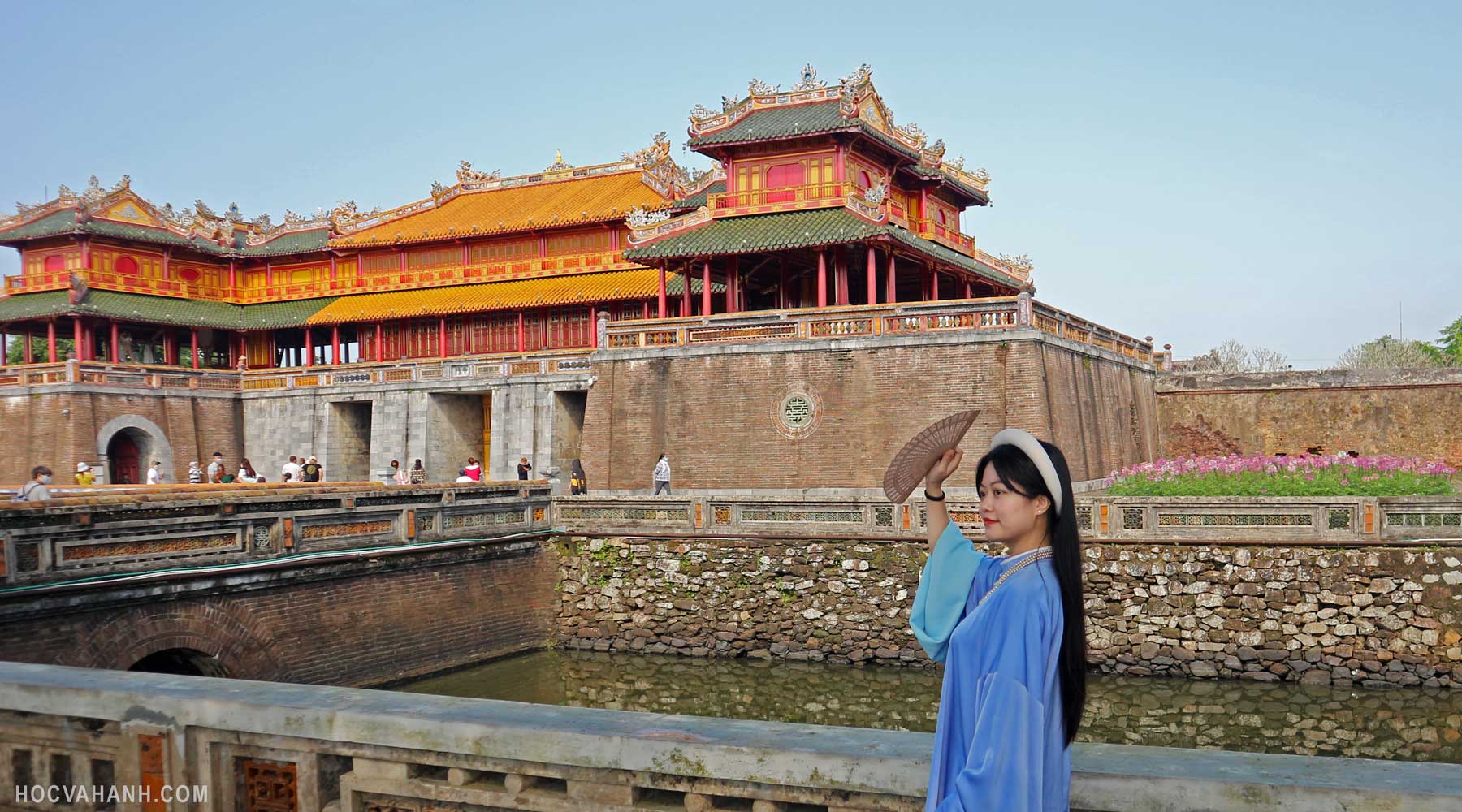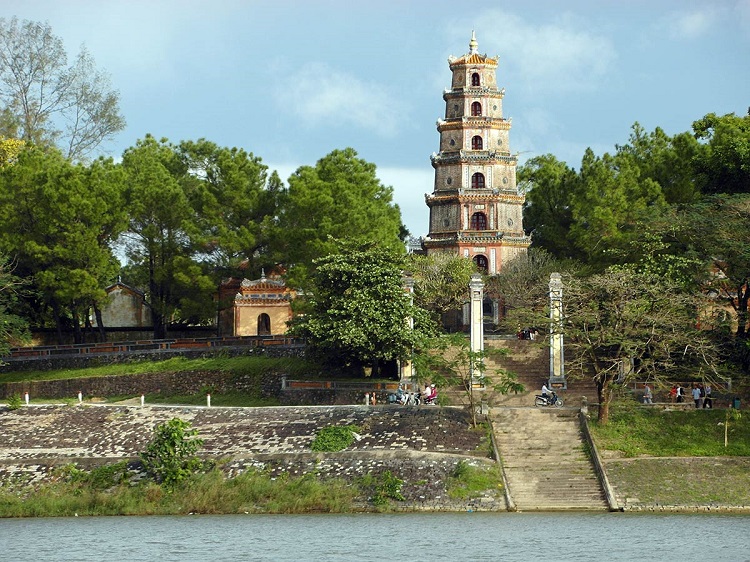
Hue Citadel: A comprehensive guide
In the poetic city of Hue, Vietnam, there is a massive ancient complex featuring hundreds of palaces and monuments that is listed as a UNESCO Cultural Heritage Site. If you are planning a visit to Hue, do not miss out on the chance to explore the impressive architecture of Hue Citadel, and the long-lasting history it has witnessed, through the eyes of an insider.
TOP INTERESTED ATTRACTIONS TO EXPLORE IN HUE
This comprehensive guide to Hue Citadel Complex will help you to understand its history and structure, thus, when planning to visit this must-see attraction in Hue, with or without a Hue Local Guide, should be easier for you.

Located on the banks of the Huong River, (aka the Perfume River) is about three hours north of Da Nang.
In 1805, The Citadel complex of Hue was constructed, comprising three circles of ramparts: Kinh Thanh (Capital Citadel), Hoang Thanh (Royal Citadel) and Tu Cam Thanh (Forbidden Citadel).
The Citadel of Hue was built on a huge surface of 520ha, headed south, consisting of three circles of ramparts. All buildings are harmonious with nature, lakes, flower gardens, stone bridges, etc. in a “scallop style”.

Although two most cruel wars, Indochina War and Vietnam War destroyed Hue Citadel. However, Hue Citadel Complex together with seven royal mausoleums, Thien Mu Pagoda and its satellites constructions became recognized by UNESCO as an outstanding Eastern Feudal Capital built in a relatively short period in 19th century.
THIEN MU PAGODA: THE SOUL OF HUE

Today many of its monuments are still standing for visitors to visit. A series of large conservation project is going in many different areas. The purpose is to restore one of the most beautiful complexes in Hue Ancient City.
Among the most impressive monuments in this former grand imperial capital are the Ngo Mon Gate of the imperial city which once was exclusively used by the royal family and their eunuch servants, the tomb of Emperor Minh Mang as well as the tomb of Emperor Tu Duc. In fact, many of the monuments surrounding the royal buildings were constructed in the early 19th century and were modeled after Beijing’s Forbidden City. The wall that surrounds the citadel is six meters high and two-and-a-half kilometers long.
The historical complex is known not only for its rich architecture but also for beautiful landscaping. Overall, the site is quite stunning. Avoid Hue between October and December as it gets most of its rain from the northeast monsoon during that period. This small city is also famous for its Imperial-style cuisine. Planning to visit Hue Citadel attraction is a must for you while visiting Hue.




